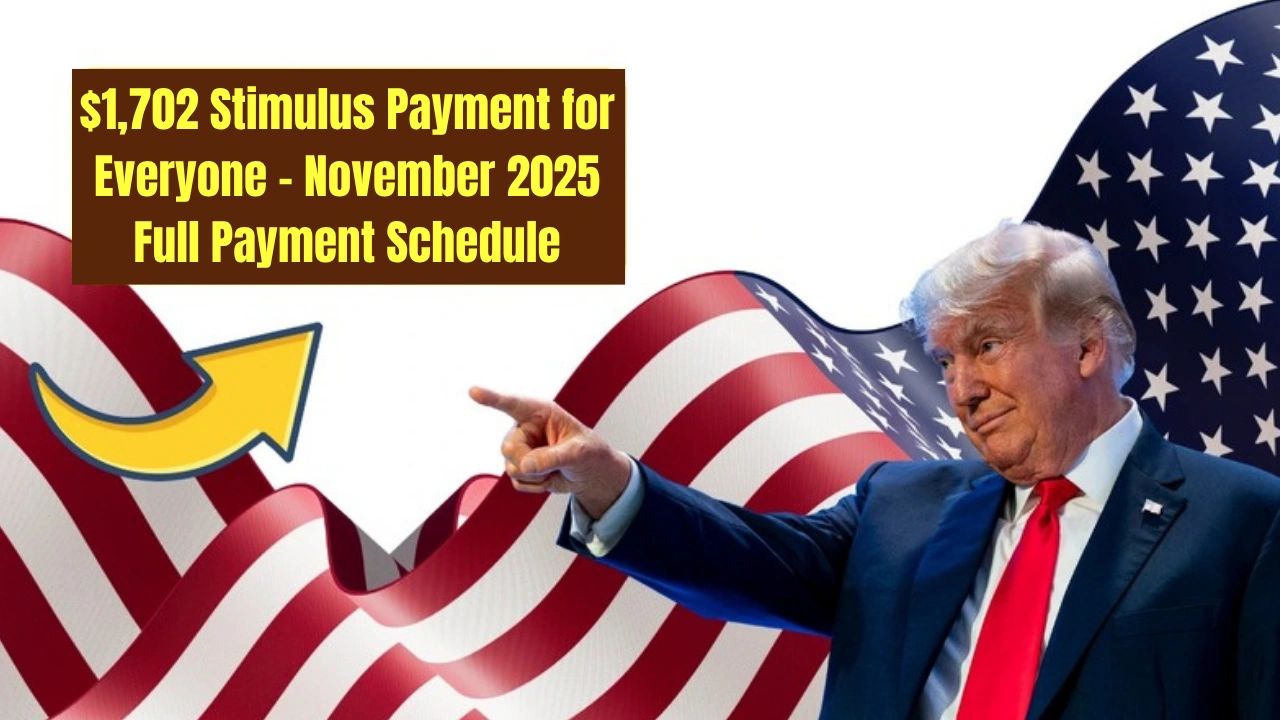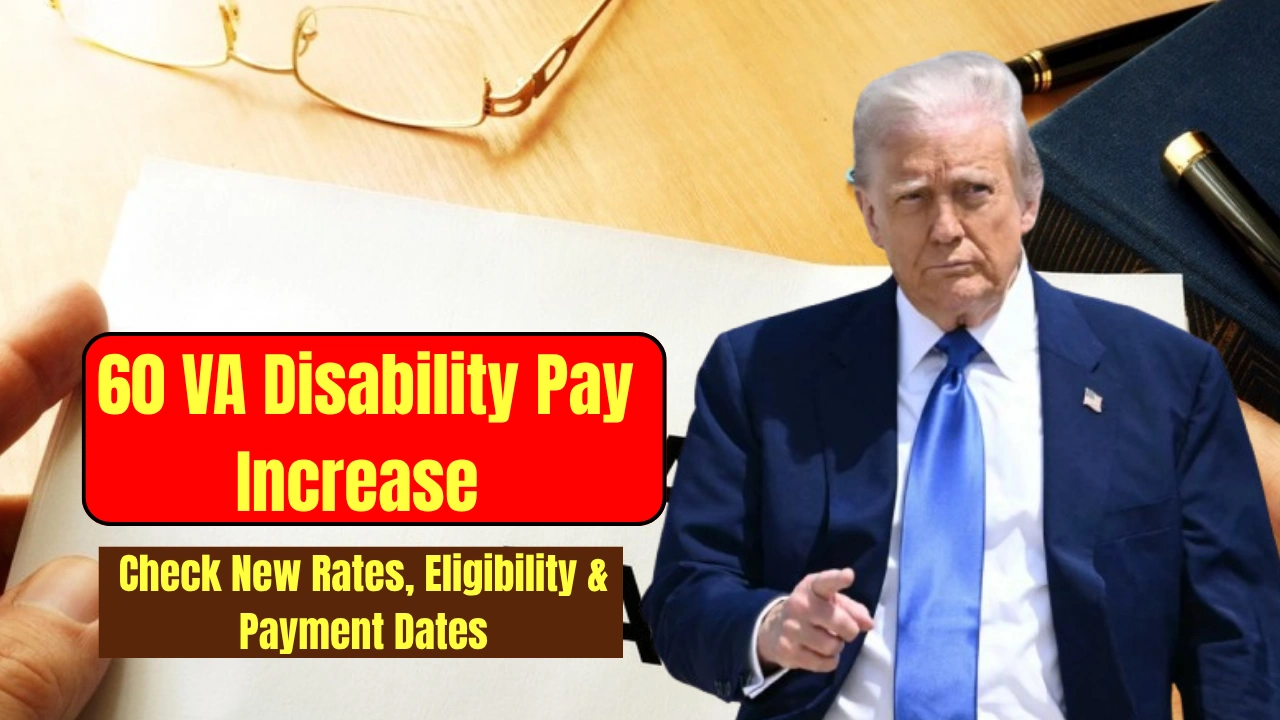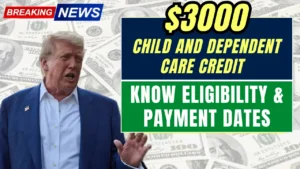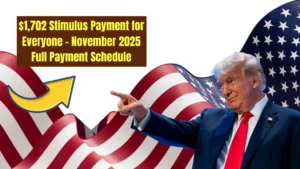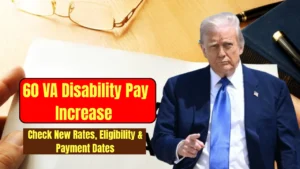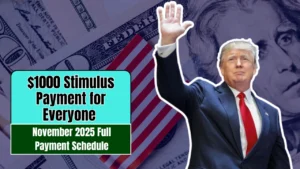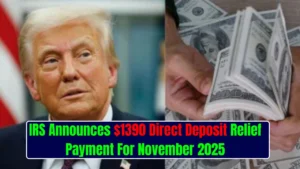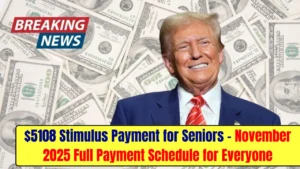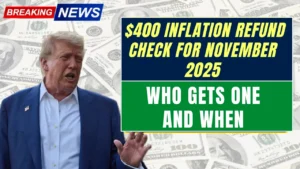If you have been hearing a lot about the $2,000 Direct Deposit heading to Americans this November, you are not alone. With inflation continuing to push prices higher and everyday expenses becoming harder to manage, the talk of relief payments is picking up steam across the country. Whether you are a retiree living on a fixed income, a working parent trying to stretch every dollar, or someone simply trying to stay ahead, the idea of a $2,000 Direct Deposit hitting your bank account sounds like a timely lifeline.
But is it real? What does it mean for you? This blog breaks down everything you need to know about the proposed payment. From who may qualify, how it could be delivered, and what steps you can take to stay prepared, we will cover all the key details. If you are looking for clear, honest answers about the relief payment everyone is talking about, keep reading.
Table of Contents
$2,000 Direct Deposit in November 2025: What You Need to Know
While the government has not officially confirmed the $2,000 Direct Deposit, many trusted sources and financial experts believe a program like this could soon become a reality. Based on how past relief efforts were handled, this payment would likely go to low and middle-income earners, retirees, veterans, and individuals already receiving federal benefits. The IRS and U.S. Treasury would handle the distribution, using your most recent tax return or benefit data to determine eligibility. Most people would not need to apply or take any extra steps. It would simply show up the way previous payments did. If you are wondering whether you will qualify or when the money might arrive, this article will help you get a clearer picture of what to expect.
Overview Table: $2,000 Direct Deposit at a Glance
| Detail | Information |
| Payment Amount | $2,000 per eligible individual |
| Expected Distribution Window | November 10 to November 29, 2025 |
| Payment Methods | Direct deposit, paper checks |
| Eligibility Basis | Income level, tax filings, benefit records |
| Required Documents | Recent tax returns, SSN or ITIN |
| Automatic Eligibility | SSI, SSDI, VA, RRB beneficiaries |
| Taxability | Not taxable, does not count as income |
| Application Required | No application needed |
| How to Track Payment | IRS “Get My Payment” tool (once reactivated) |
| Important Step | Update direct deposit or mailing info with IRS |
What Would a $2,000 IRS Direct Deposit Include?
If the proposed relief plan moves forward, the $2,000 Direct Deposit would likely be a one-time payment intended to offset the financial strain caused by high inflation, rising rent, grocery bills, and other living costs. The goal is to provide quick and direct financial support to those who need it most. The payment would not just help individuals meet basic needs but could also boost the economy by increasing consumer spending. This type of direct aid has proven effective in the past, especially during challenging economic periods. Most importantly, it would give everyday Americans a chance to catch up and breathe a little easier financially.
Possible Eligibility Requirements
Eligibility for the $2,000 Direct Deposit would most likely follow the guidelines used during past relief programs. Here is a look at what that might include:
- U.S. citizen or legal permanent resident
- Valid Social Security Number or Individual Taxpayer Identification Number
- Filed a federal tax return for 2023 or 2024
- Income within the qualifying thresholds:
- Single filers: Up to $75,000
- Married couples filing jointly: Up to $150,000
- Head of household: Up to $112,500
- Single filers: Up to $75,000
If your income is slightly above these limits, you may still receive a reduced payment. Individuals who receive Social Security, disability, or veterans benefits will likely be automatically included, based on government records already on file.
Automatic Eligibility (Based on Prior Programs)
In earlier relief programs, certain groups were automatically included without needing to take additional action. If the new $2,000 Direct Deposit follows a similar format, the following individuals may qualify automatically:
- Social Security recipients, including those on SSI and SSDI
- Veterans Affairs benefit recipients
- Railroad Retirement Board beneficiaries
Because these agencies already have access to the necessary data, no extra steps are usually needed from the recipients. The funds would be sent directly using the method that is already on file.
When Would Payments Arrive?
Timing is everything when you are relying on financial relief. According to current projections, payments could start rolling out in mid-November if the plan is approved. Distribution would happen in phases:
- Direct deposit: Between November 10 and 29, 2025
- Paper checks: Starting around November 25, 2025
- Federal benefit recipients: Expected to receive funds between November 14 and 21, 2025
If you have received your tax refund or prior stimulus through direct deposit, the same method will likely be used again. This is usually the fastest way to receive funds.
How to Check Payment Status
If you are eager to find out when and how you will receive your $2,000 Direct Deposit, the IRS plans to reactivate its “Get My Payment” tool. Through this secure portal, you will be able to:
- Check whether your payment has been sent
- Confirm the payment method (direct deposit or check)
- See the expected delivery date
You will need your Social Security Number, date of birth, and current mailing address to access the tool. It is important to update your details with the IRS or Social Security Administration in advance to avoid delays.
How to Avoid Delays
To make sure your $2,000 Direct Deposit reaches you without a hitch, there are a few steps you can take right now:
- File any outstanding federal tax returns from 2023 or 2024
- Make sure your bank account and routing numbers are current with the IRS
- Report any recent changes to your home address
- Avoid falling for scams; the IRS never contacts you by phone or email asking for sensitive information
Being proactive now can save you a lot of stress later when the payments begin to roll out.
Why Relief Like This Matters
The impact of a $2,000 Direct Deposit goes beyond just individual bank accounts. For struggling families, seniors, and workers, it can mean catching up on bills, buying groceries, or covering urgent medical expenses. It is also a powerful economic tool that puts money directly into communities, helping small businesses and local economies thrive during difficult times. Relief like this is not just about survival—it is about giving people a fair shot at financial stability.
FAQs
1. Will I need to apply for the $2,000 Direct Deposit?
No, if the program is approved, payments will be issued automatically based on your tax filings and government benefit records.
2. Who qualifies for the payment?
Eligibility is expected for U.S. citizens and legal residents who meet the income thresholds or receive federal benefits like Social Security or VA support.
3. When will I receive the payment?
If approved, payments will begin through direct deposit starting November 10, 2025. Paper checks will follow later in the month.
4. Is the payment taxable?
No, the $2,000 Direct Deposit is not considered taxable income and will not affect your tax return.
5. How can I check if my payment is coming?
The IRS will reactivate its “Get My Payment” tool. Use it to track your status once the tool goes live.


